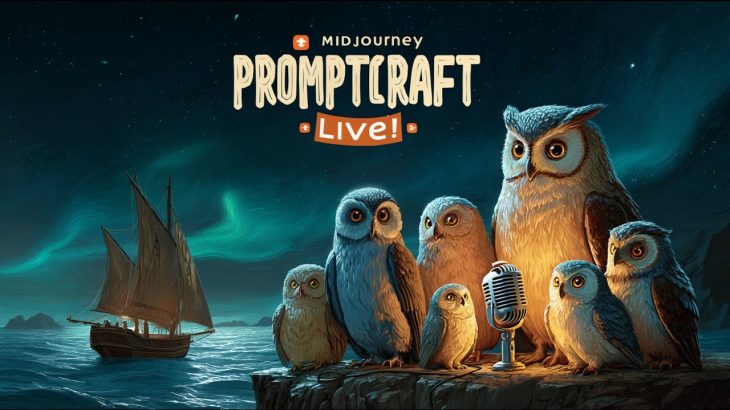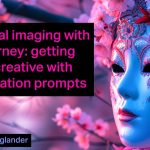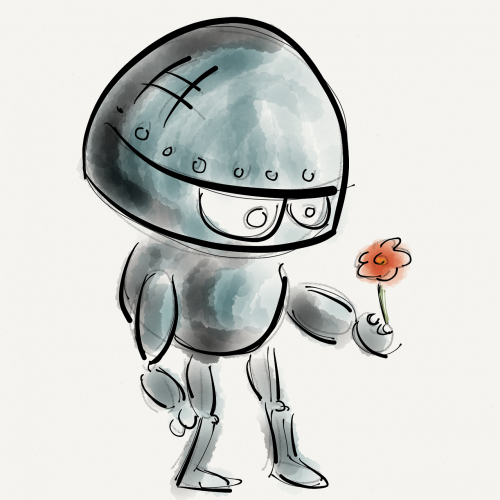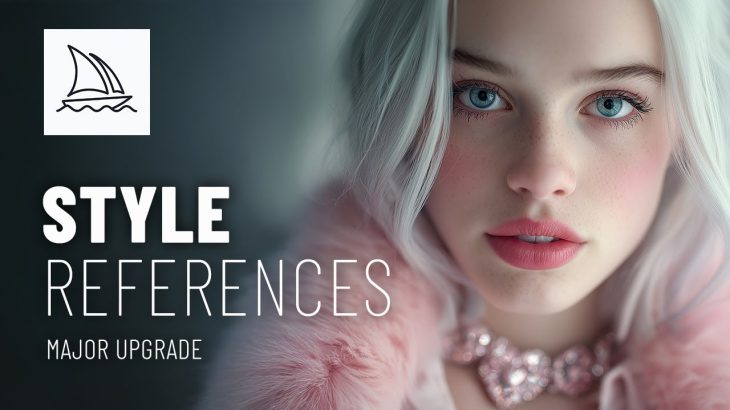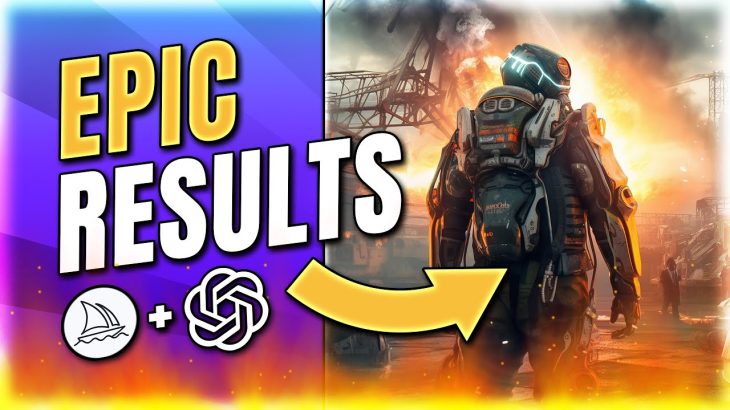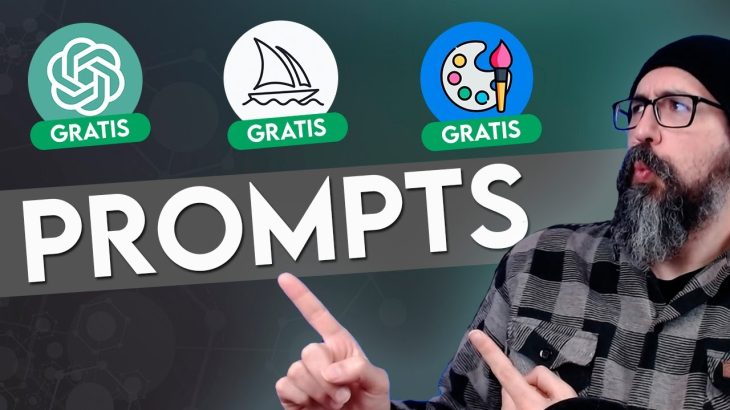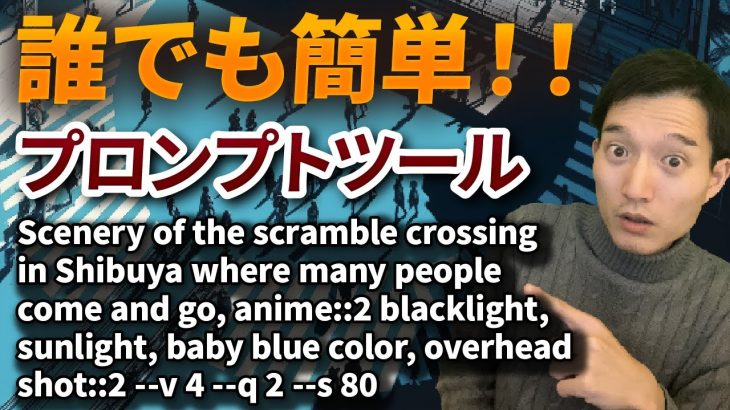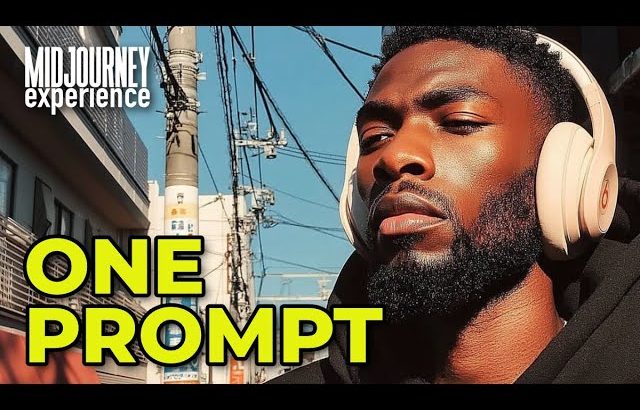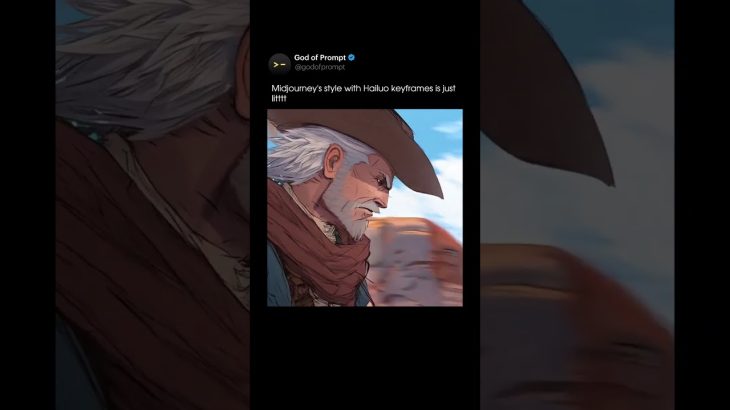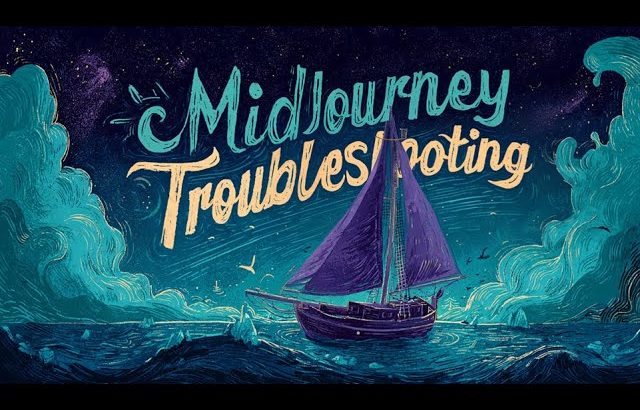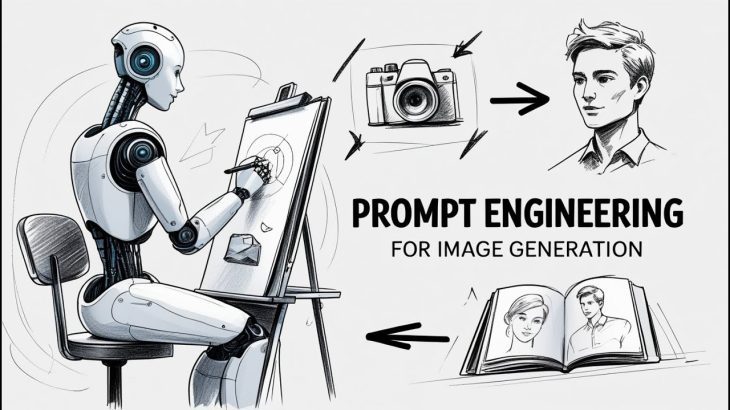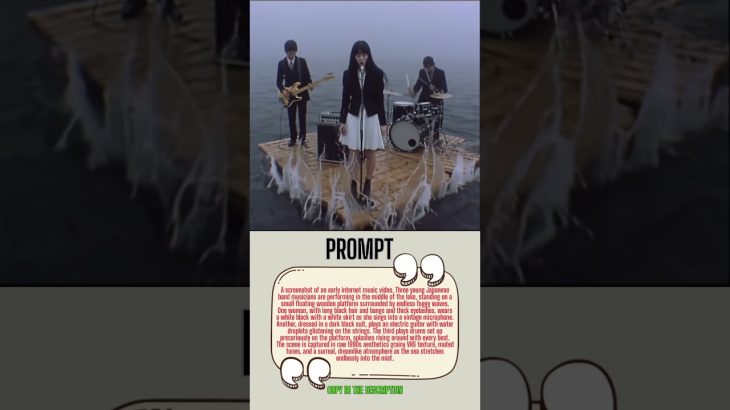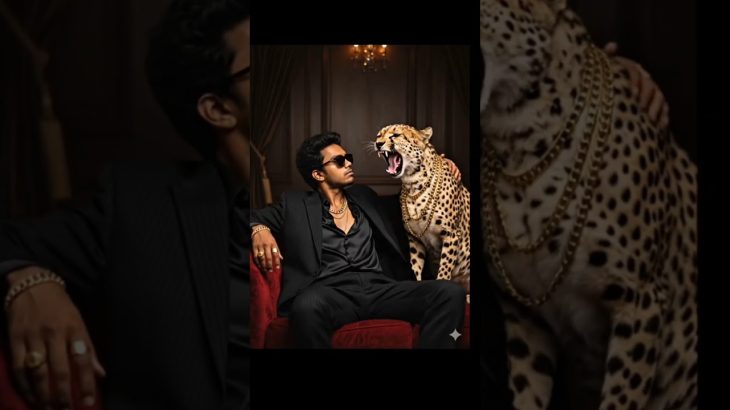07/31/2025 Key points:
◼️ 00:00–01:49: Host starts the livestream, troubleshoots audio, welcomes participants, sets tone as advanced-level (no basics), interactive podcast‑style session with audience-led Q&A.
◼️ 01:49–06:35: Introduces live captions (helpful but imperfect), encourages audience questions, shows how to check usage stats via /info, lightly teases participants.
◼️ 06:35–11:07: Deep dive on the term “hallucination” in LLMs—argues it’s misleading because LLMs generate outputs exactly as intended by design; false‑looking outputs are operationally the same as “true” ones.
◼️ 11:07–15:14: Compares human brain hallucinations to LLM behavior; questions consciousness semantics; introduces panpsychism concept with audience banter and light philosophy.
◼️ 16:34–22:19: Recap: the stigma around hallucination implies a faulty secondary operation—but LLMs only do one operation; real talk on AI art misuse, reliability, and the necessity for paralegals in law workflows.
◼️ 23:30–28:53: Guest Simvolia emphasizes responsible content creation: positive art helps humans; guest Kentrdige encourages using AI art to convey messages, not just fluff.
◼️ 28:53–36:23: Discussion on whether art should be selfish vs altruistic, the value of “being yourself,” and amplifying others’ creative voices instead of drowning them out.
◼️ 45:46–55:07: Technical demo on OW/IW/SW weighting for face transfers in Midjourney; demonstrates how high, low, or mix-of parameters affect likeness; proper prompt composition is key to identity retention.
◼️ 55:07–1:02:38: Shows trials: even max-weighted references often fail if prompt archetypes cause semantic dominance; better to describe specific traits in the prompt rather than rely on generic tags like “portrait.”
◼️ 1:02:38–1:10:03: Suggests using video as a workaround: generate character video and grab a frame for a reliable reference. Shows how that can help create consistent facial likeness across prompts.
◼️ 1:28:43–1:31:02: Hosts confess: 90 % of Midjourney problems are user error—bad references, bad keyboard. Even experts make mistakes publicly. Emphasizes trial‑and‑error is normal.
Bottom-line takeaways:
◼️ The term “LLM hallucination” frames the model as broken—it’s actually just doing its one probabilistic operation.
◼️ Good prompts and useful art are about intention: choosing what to create and how that affects others.
◼️ A reliable reference (good face shot or video frame) and well‑crafted prompt description matter more than high weights alone.
◼️ Midjourney is not programming: it’s messy, creative, and error‑prone, but endlessly repeatable.
——————-
Hello, this is Clarinet with Midjourney! “Promptcraft Live” is an audience-driven interactive podcast-like event for advanced users of Midjourney. You never know what’s going to happen on Promptcraft Live! We have guest speakers, artists, and educators. We have demonstrations, games, and learning. Come to share what you know or to learn more about the most advanced ways to use Midjourney.
🦉 For deep-dive tutorials about Midjourney V7 Image & Video: https://prompt-faqs.notion.site/
🦉 Midjourney documentation: https://docs.midjourney.com/
We are live on Midjourney’s Discord server, here:
🟪 https://discord.com/channels/662267976984297473/1067951449176297483
⭐ You receive 24/7 community support for prompting with your Midjourney membership, both via the web and via Discord:
🟦 Web: https://www.midjourney.com/rooms/44a30f92-a8c1-470b-a553-86f49add2a7a
🟪 Discord: https://discord.com/channels/662267976984297473/992207085146222713
📅 All Midjourney (official) Events: https://lu.ma/midjourney
Midjourney subscription, account, and billing questions: billing@midjourney.com
#live #midjourney #tutorial
